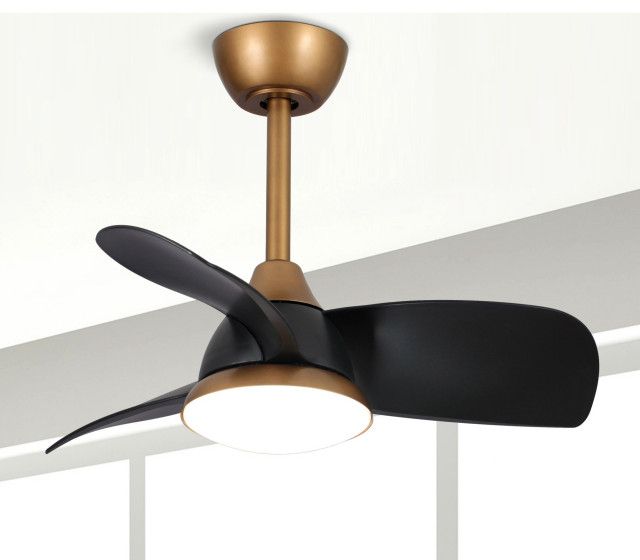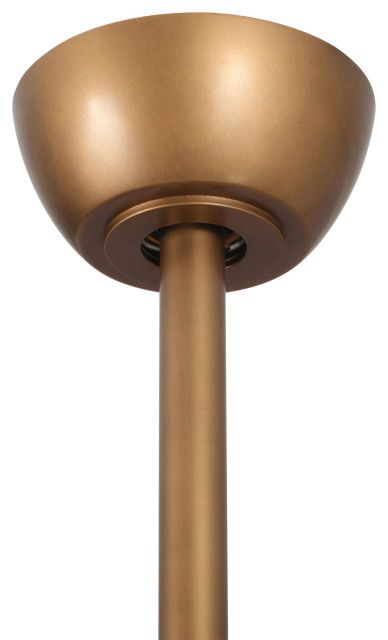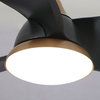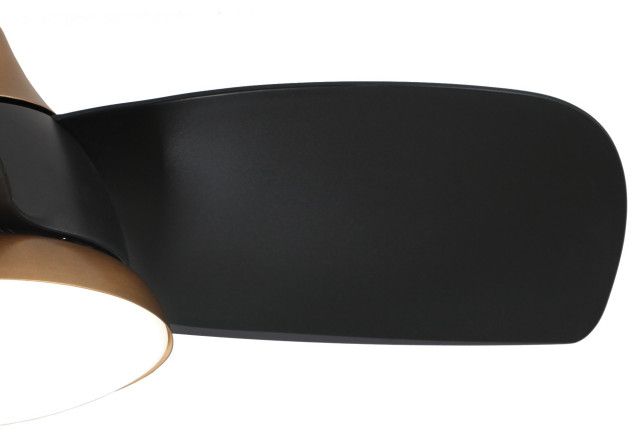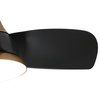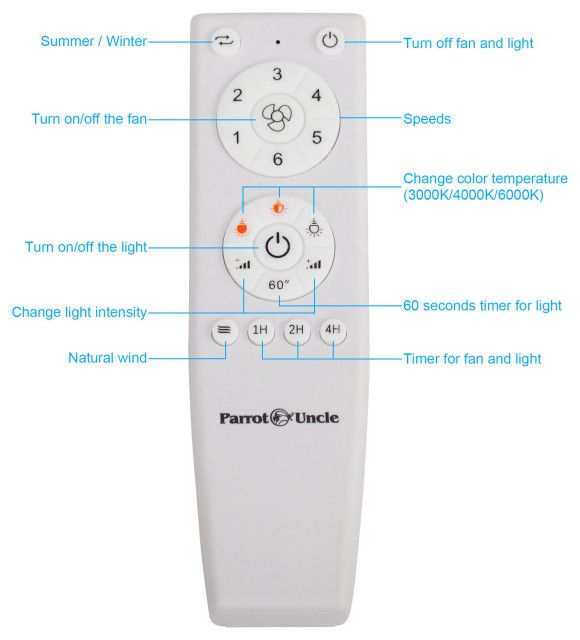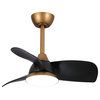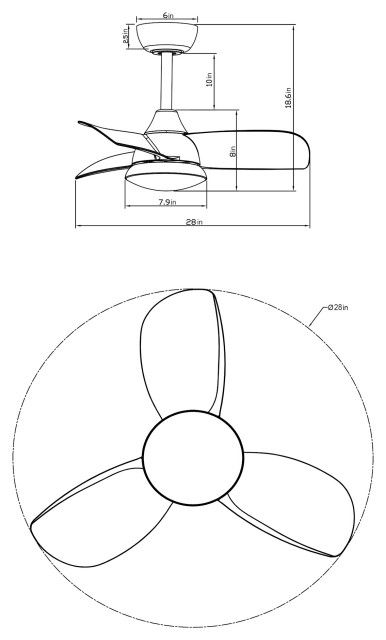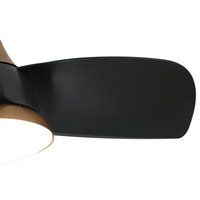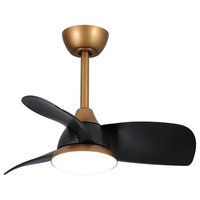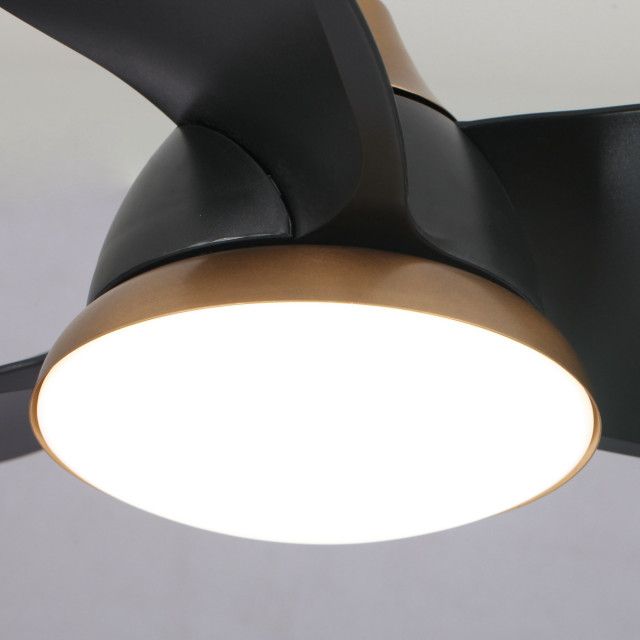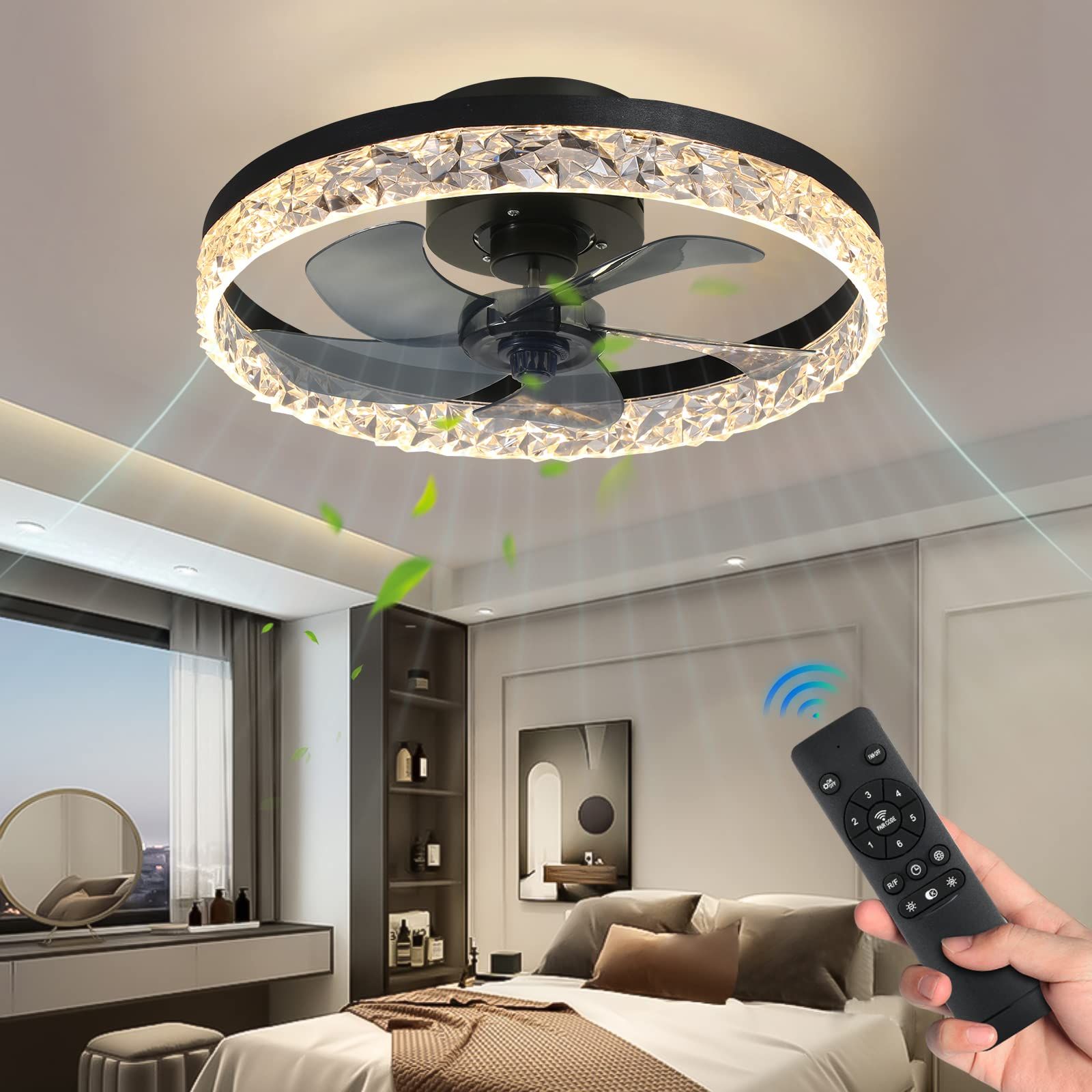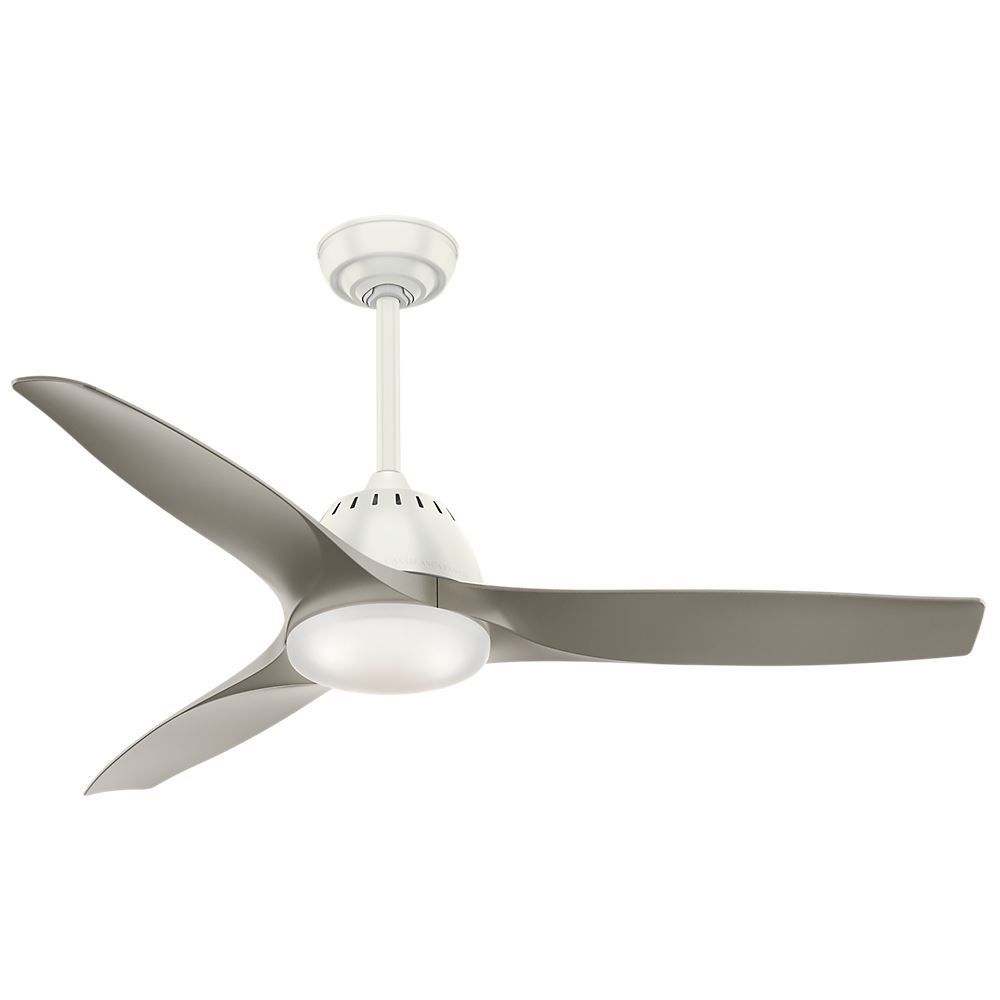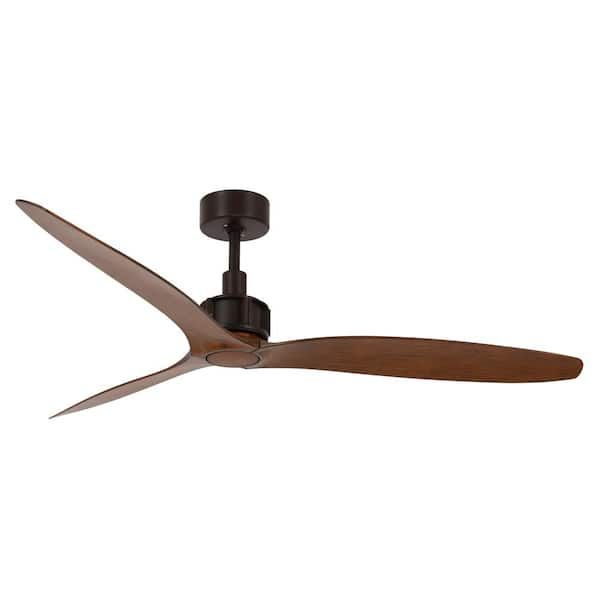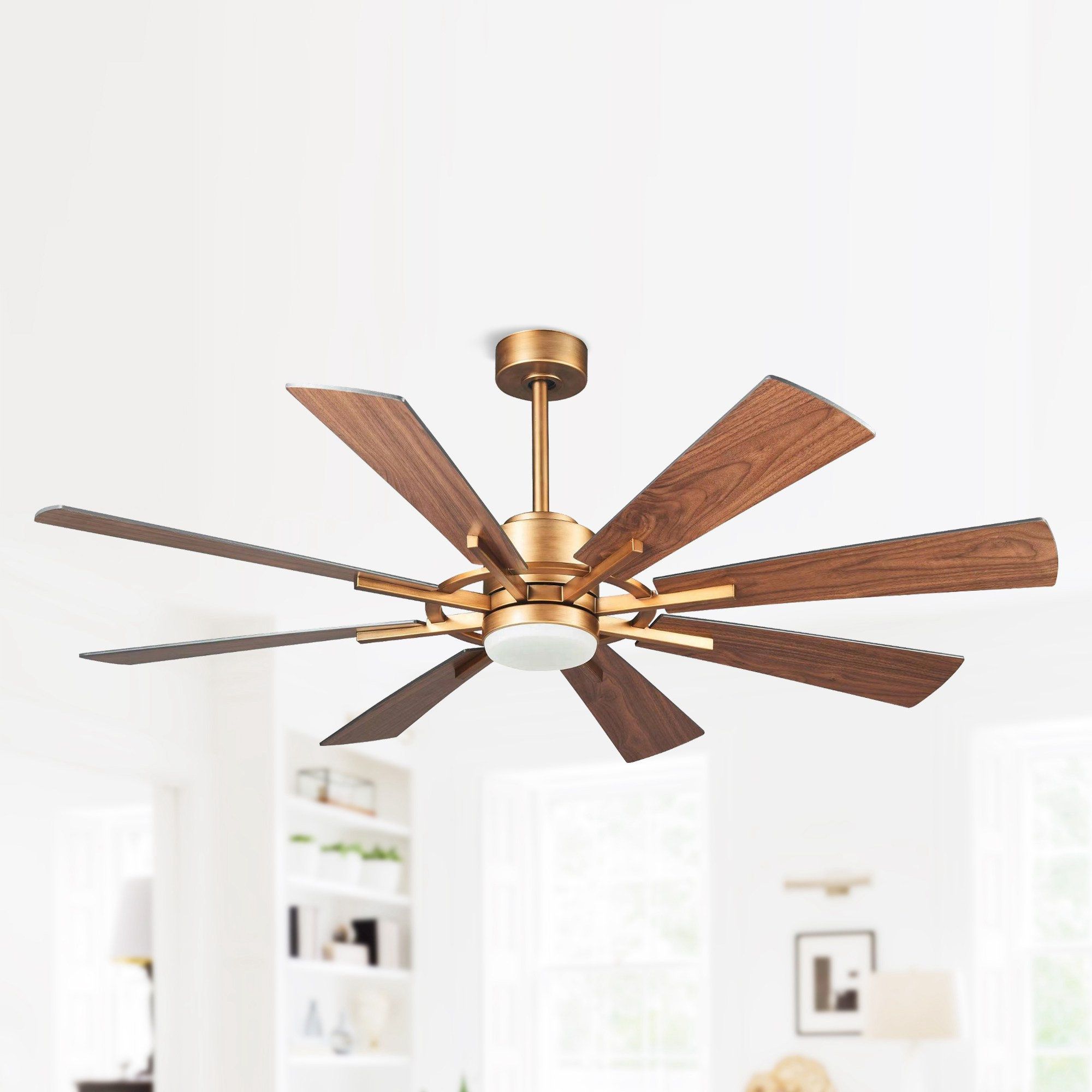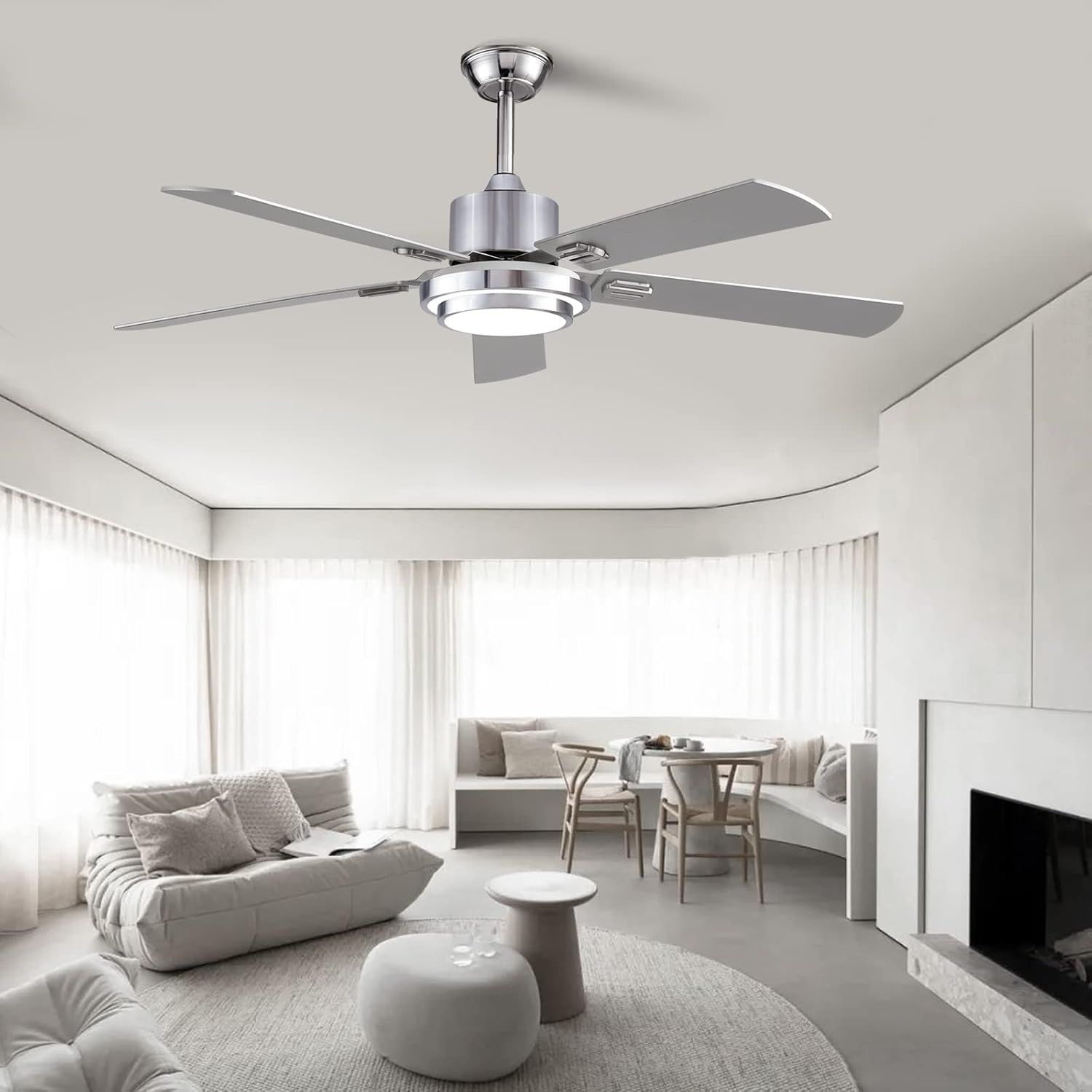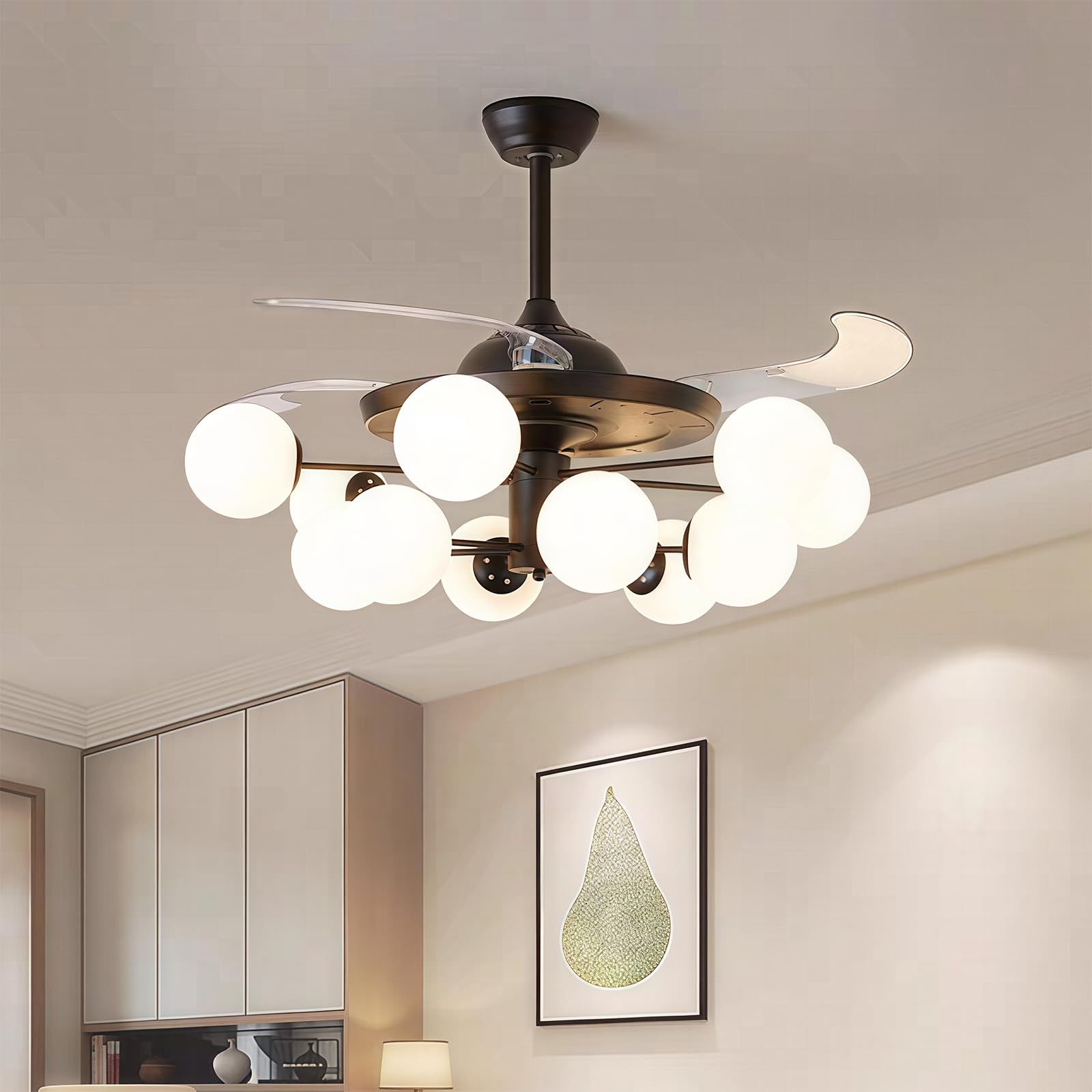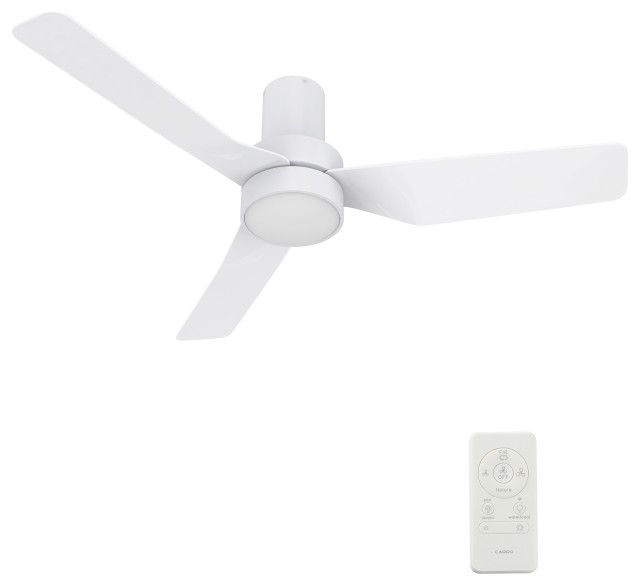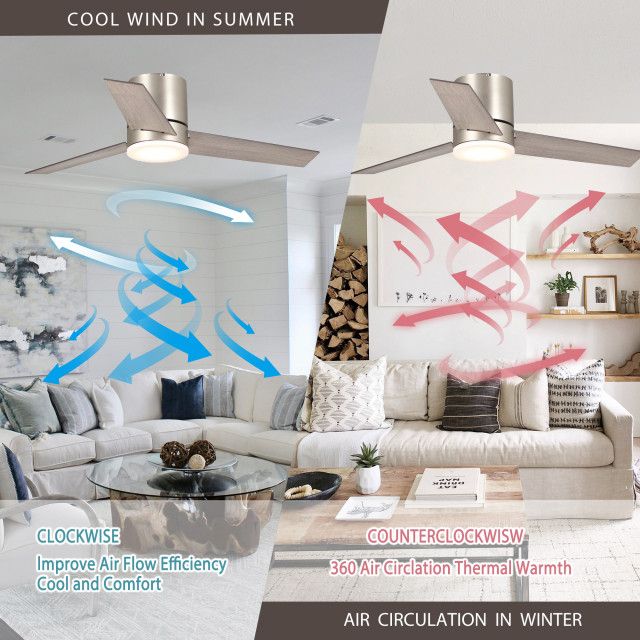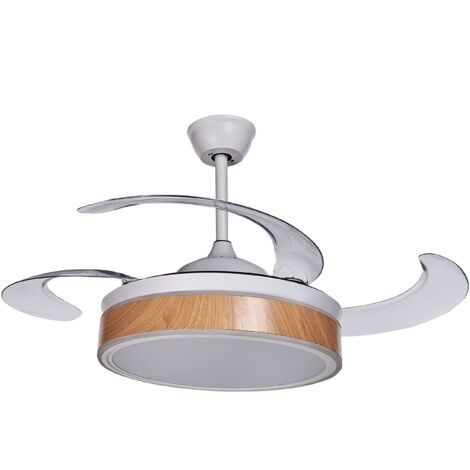Hey everyone, it’s your airflow aficionado here! Today, we’re diving headfirst into the world of ceiling fans, specifically those trusty 28-inch models. These small, but mighty, whirlwinds are a common sight in homes, offering a simple and cost-effective way to improve air circulation and comfort. But are you really getting the most out of yours? Let’s find out! This article is all about getting the most out of your fan, so you can stay cool and save some money on your energy bill. We’ll explore the science behind airflow, discuss best practices for placement and maintenance, and share some real-world examples. Get ready to become a ceiling fan expert!
In a world where air conditioning reigns supreme, it’s easy to overlook the humble ceiling fan. But here’s a secret: a well-placed and properly utilized ceiling fan can significantly boost your comfort levels and even reduce your reliance on those energy-guzzling AC units. That’s especially true with a 28-inch fan, which is perfect for smaller rooms or to supplement your existing cooling system. Understanding how your fan works, and how to make it work for you, is the key. We will explore the science behind this, and how you can make small changes that make a big difference. Trust me, it’s worth the read, and you might even impress your friends with your newfound fan knowledge!
The Science of Airflow: How Your Fan Works
So, how exactly does a ceiling fan keep you cool? It’s not magic, it’s science! Ceiling fans don’t actually cool the air; instead, they create a breeze that helps to evaporate perspiration from your skin. This evaporation process sucks the heat away, making you feel cooler.
- Downward Airflow (Summer Mode): In summer, your fan should spin counter-clockwise (when viewed from below). This pushes air directly downwards, creating a cooling breeze below. This is the most common setting, and what most people use.
- Upward Airflow (Winter Mode): In winter, reverse the direction of your fan to clockwise (when viewed from below). This pulls the cooler air up and pushes the warmer air down from the ceiling, redistributing heat throughout the room. This is a less common setting but can save you money on your heating bill.
This simple principle is the key to your fan’s effectiveness. The size of the fan blades, and the speed at which they spin, dictate how much air is moved and how effective the cooling effect will be. A 28-inch fan is ideal for smaller spaces, where it can efficiently circulate air without being overwhelming.
Optimal Placement: Where Your Fan Belongs
Where you put your fan makes all the difference. The ideal spot for your 28-inch ceiling fan is generally in the center of the room, or directly above the primary area where you spend your time (like a bed or a desk). Here’s a breakdown of important considerations:
- Ceiling Height: Make sure there’s enough clearance between the fan blades and the floor. The general rule is at least 7 feet, but 8 feet is better for safety and optimal airflow. You might need a downrod (an extension rod) to achieve the right height.
- Room Size: While a 28-inch fan is well-suited for smaller spaces (like bedrooms, home offices, or small living rooms), it might not be sufficient for larger areas. Consider the room’s dimensions when deciding where to put it.
- Obstructions: Avoid placing the fan near anything that might restrict airflow, such as large furniture or other hanging items. A clear path for the air is crucial.
- Mounting: Ensure the fan is securely mounted to a ceiling joist or a fan-rated electrical box. This is crucial for safety and to prevent vibrations.
Mastering the Settings: Speed and Direction
Your fan’s settings are your key to maximizing efficiency and comfort. Let’s break it down:
- Speed: Most fans have multiple speed settings. Experiment to find the setting that provides the desired level of cooling without creating excessive noise or a draft. Often, a medium speed is the sweet spot.
- Direction: As mentioned before, the direction of the fan blades is critical. In summer, spin the fan counter-clockwise (when looking up at it) to create a direct downdraft. In winter, switch it to clockwise to recirculate warm air trapped near the ceiling. This is a simple, yet effective, way to adjust your fan for the seasons, and it can save a lot of money.
- Remote Control/Wall Switch: Many modern fans come with remote controls or wall switches, which allow you to easily adjust settings without having to reach for a pull chain. Use this advantage for convenience.
Maintenance Matters: Keeping Your Fan Running Smoothly
Regular maintenance keeps your fan running efficiently and extends its lifespan. Here are some simple maintenance tips:
- Dusting: Dust regularly to prevent build-up on the blades, which can reduce airflow and efficiency. A microfiber cloth or a long-handled duster works well.
- Tightening: Periodically check and tighten any screws or bolts, especially those securing the blades to the motor housing. Vibrations can sometimes loosen these over time. This is important for safety.
- Lubrication: Some fans require periodic lubrication of the motor. Consult your fan’s manual for specific instructions. This will help your fan last longer.
- Cleaning the Motor Housing: Use a damp cloth to wipe down the motor housing to remove any dust or dirt buildup. Make sure the fan is turned off and the power is disconnected before doing this. Always prioritize safety.
Troubleshooting Common Issues
Even the best ceiling fans can experience problems. Here are some common issues and how to address them:
- Wobbly Fan: A wobbly fan can be caused by several things, including unbalanced blades, loose screws, or an improper mounting. Check all these areas and try to rebalance the blades (many fans come with balancing kits).
- Fan Not Spinning: If the fan won’t turn on, check the power supply (circuit breaker, wall switch). If the power is fine, the motor may be faulty, or there could be an issue with the wiring. This might require a professional electrician.
- Noisy Operation: Unusual noises can indicate a variety of problems, from loose screws to worn-out bearings. First, try tightening all screws. If the noise persists, it may be a sign of a more serious problem and might require professional repair.
- Remote Control Problems: If your remote control isn’t working, check the batteries. Also, make sure the remote is properly paired with the fan receiver. Sometimes, you might need to reset them or re-pair them.
Real-World Examples: Putting It All Into Practice
Let’s look at a couple of examples:
- Example 1: The Home Office: You have a small home office and are finding it hard to stay focused because it is too hot. You install a 28-inch ceiling fan in the center of the room. In the summer, you set it to medium speed, providing a gentle breeze and keeping you cooler. In the winter, you reverse the fan to recirculate the warm air, reducing your heating costs. The difference is noticeable and more comfortable.
- Example 2: The Bedroom Boost: You have a bedroom with poor airflow. You add a 28-inch fan, making sure the blades are high enough to provide good airflow. You place it directly above your bed. In the summer, you use the fan to create a cool breeze, and in the winter, you switch the direction to help distribute heat more evenly. The result is a more comfortable sleeping environment and a lower energy bill.
- Example 3: The Kitchen Quandary: If your kitchen is small, it may be the perfect size for your 28-inch fan. You can place the fan in the center of the kitchen, or over an island, depending on your layout.
So there you have it – a comprehensive guide to optimizing your 28-inch ceiling fan. By understanding the science of airflow, mastering the settings, and practicing regular maintenance, you can keep your space comfortable and your energy bills low. Remember, a ceiling fan is more than just a decorative piece; it’s a valuable tool for improving your living environment. So, take a look at your fan, apply these tips, and enjoy the breeze. You’ll be amazed at the difference it makes. Stay cool, and keep circulating that air!
